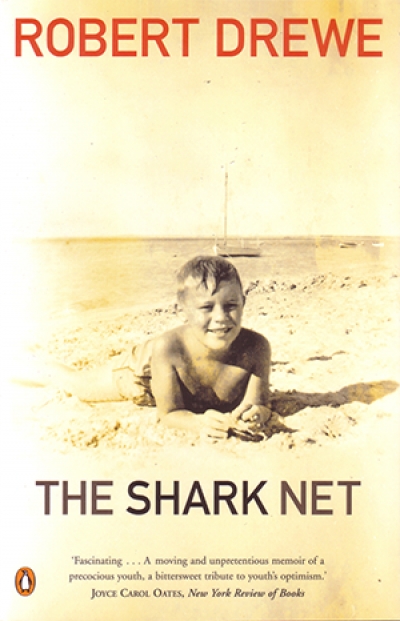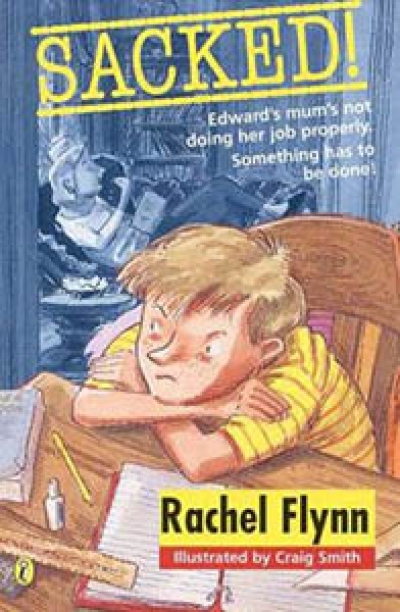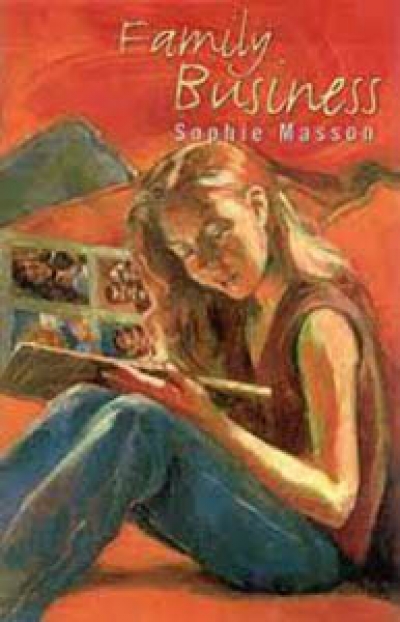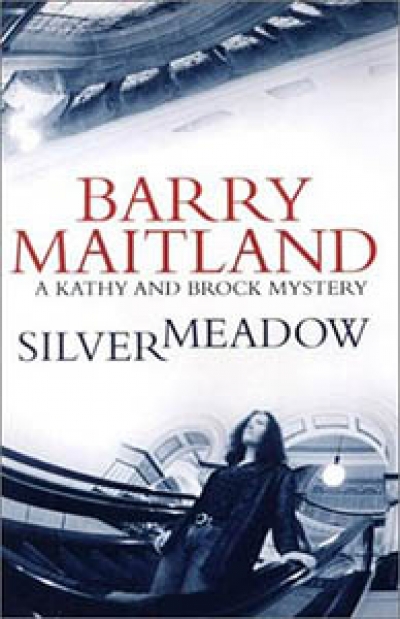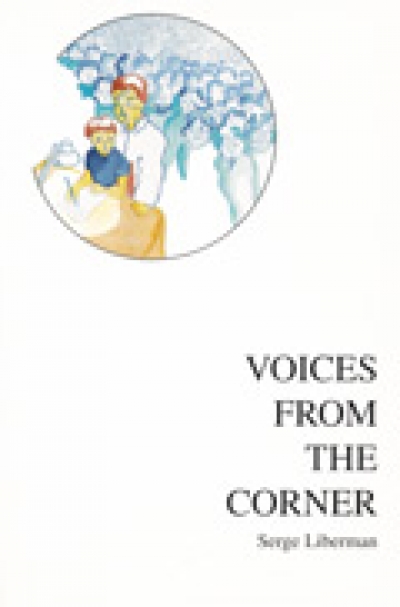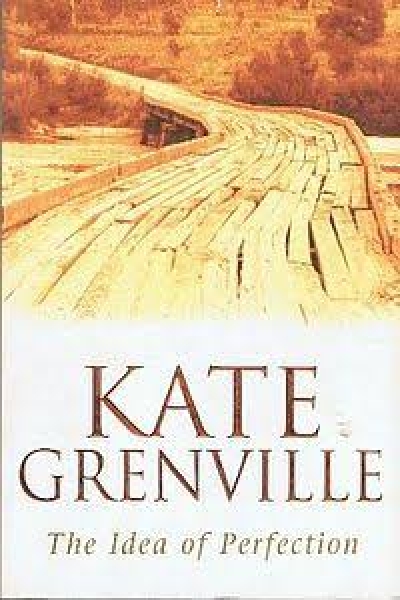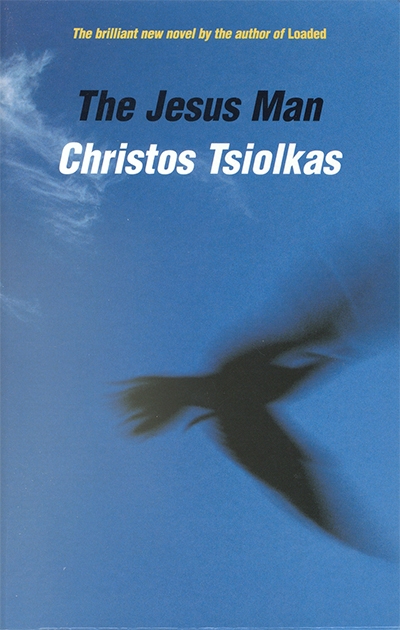Australian Fiction
Tin Toys by Anson Cameron & Stormy Weather by Michael Meehan
by David Matthews •
Sacked! by Rachel Flynn, illustrated by Craig Smith & Footy Shorts by Margaret Clark
by Stella Lees •
Family Business by Sophie Masson & The Rented House by Phil Cummings
by Ruth Starke •
Silver Meadow by Barry Maitland & An Uncertain Death by Carolyn Morwood
by Sue Turnbull •
The View from Ararat by Brian Caswell & Go and Come Back by Joan Abelove
by Stephen Matthews •

